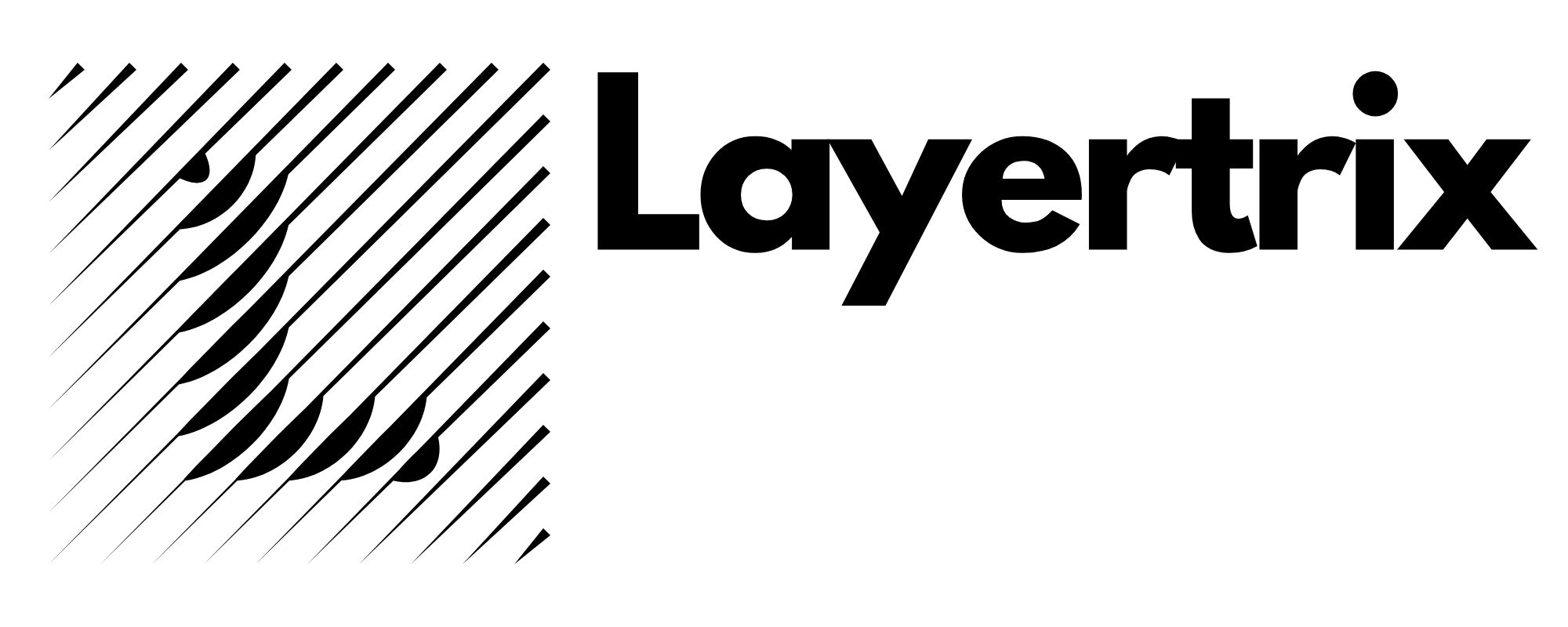Optimizing Your Technology Stack: Best Practices for Layering Techniques

A technology stack is the combination of technologies used to build and run applications. Optimizing your technology stack through effective layering techniques is essential for ensuring high performance, scalability, and flexibility in your systems. Layering in the context of a tech stack means organizing the various technologies into distinct layers, each responsible for a specific aspect of the application, such as the frontend, backend, and database. By structuring your stack this way, it becomes easier to manage, update, and scale your system.

One of the first steps in optimizing your tech stack is selecting the right technologies for each layer. The frontend layer, responsible for the user interface (UI), should be built using technologies that support a fast, responsive, and visually appealing design. For example, popular frontend technologies include HTML, CSS, and JavaScript frameworks such as React and Angular. These tools help ensure that users have an intuitive and seamless experience when interacting with the application.

For the backend layer, it's important to choose technologies that provide scalability, performance, and reliability. Backend technologies like Node.js, Ruby on Rails, and Django are commonly used to handle server-side operations such as data processing, user authentication, and business logic. The backend layer interacts with the database layer, which stores and retrieves the necessary data for the application. Technologies such as PostgreSQL, MySQL, and MongoDB are often used to handle database management and ensure smooth data operations.

Another key aspect of optimizing your technology stack is ensuring that the layers communicate effectively with one another. The use of APIs (Application Programming Interfaces) is crucial in connecting different layers, allowing data to flow seamlessly from the backend to the frontend. By using RESTful APIs or GraphQL, developers can create efficient communication channels between layers, ensuring that data is processed and displayed correctly on the user interface. APIs also help maintain a modular structure, allowing developers to update or replace individual layers without affecting the entire system.

Lastly, monitoring and optimizing performance across all layers is crucial to ensuring that your technology stack operates efficiently. Tools like load balancers, caching mechanisms, and performance monitoring software can help identify and resolve bottlenecks, ensuring that the system can scale as needed. By regularly testing and optimizing each layer, developers can ensure that the technology stack is optimized for high performance and long-term reliability.


